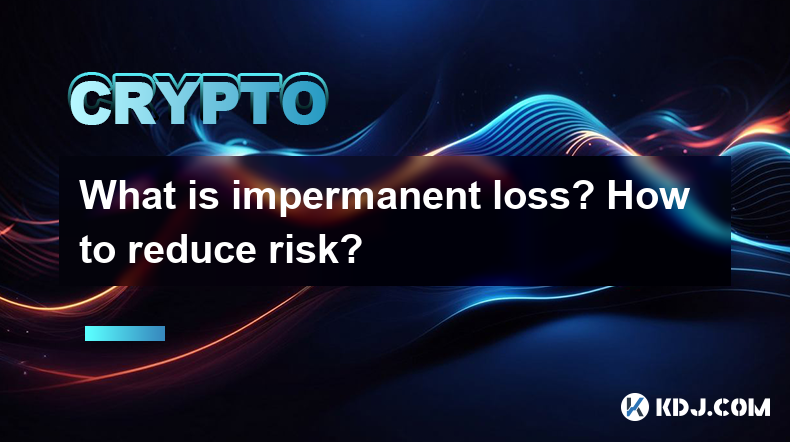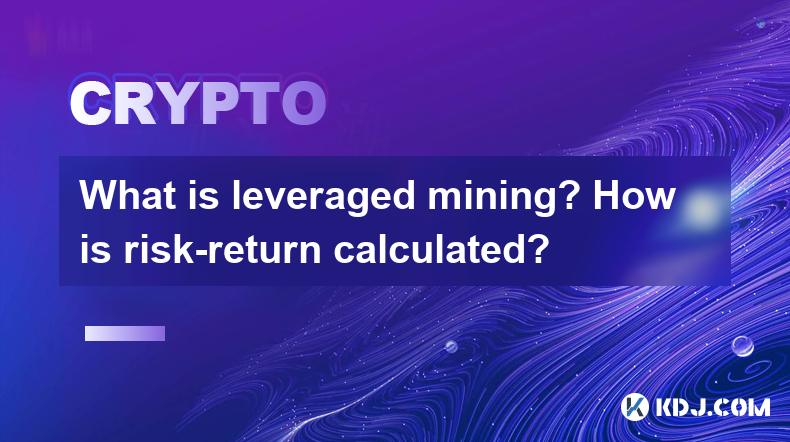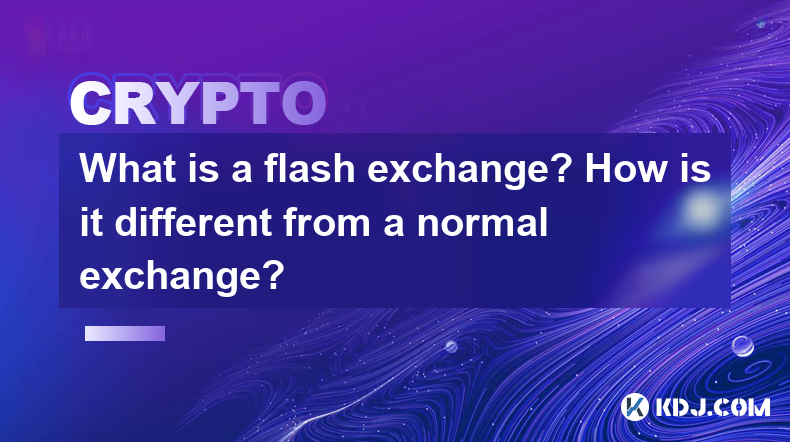-
 Bitcoin
Bitcoin $84,512.3183
-0.50% -
 Ethereum
Ethereum $1,588.1225
0.23% -
 Tether USDt
Tether USDt $0.9996
-0.01% -
 XRP
XRP $2.0642
0.48% -
 BNB
BNB $591.8173
0.47% -
 Solana
Solana $134.4792
-0.11% -
 USDC
USDC $0.9999
0.01% -
 Dogecoin
Dogecoin $0.1574
2.08% -
 TRON
TRON $0.2420
-2.16% -
 Cardano
Cardano $0.6293
2.51% -
 UNUS SED LEO
UNUS SED LEO $9.2288
1.66% -
 Chainlink
Chainlink $12.6112
1.23% -
 Avalanche
Avalanche $19.1082
0.52% -
 Toncoin
Toncoin $2.9983
2.24% -
 Stellar
Stellar $0.2408
0.84% -
 Shiba Inu
Shiba Inu $0.0...01225
4.64% -
 Hedera
Hedera $0.1660
2.02% -
 Sui
Sui $2.1233
0.65% -
 Bitcoin Cash
Bitcoin Cash $337.9337
1.98% -
 Litecoin
Litecoin $75.8547
1.24% -
 Polkadot
Polkadot $3.6527
0.78% -
 Hyperliquid
Hyperliquid $16.9003
-0.50% -
 Dai
Dai $1.0000
0.02% -
 Bitget Token
Bitget Token $4.4061
1.14% -
 Ethena USDe
Ethena USDe $0.9992
0.01% -
 Pi
Pi $0.6465
4.78% -
 Monero
Monero $214.7733
-0.74% -
 Uniswap
Uniswap $5.1912
0.85% -
 Pepe
Pepe $0.0...07309
1.65% -
 OKB
OKB $50.3150
0.15%
What is impermanent loss? How to reduce risk?
Impermanent loss in DeFi occurs when token prices diverge from deposit values; mitigate it by choosing stable pairs, hedging, and diversifying across pools.
Apr 16, 2025 at 11:14 pm

What is Impermanent Loss? How to Reduce Risk?
Impermanent loss is a term that frequently surfaces in the world of decentralized finance (DeFi), particularly when discussing liquidity provision on automated market makers (AMMs) like Uniswap or SushiSwap. Understanding this concept is crucial for anyone looking to engage in liquidity provision, as it directly impacts potential returns and overall investment strategy.
Understanding Impermanent Loss
Impermanent loss occurs when the price of tokens in a liquidity pool diverges from the price at which you initially deposited them. This divergence can lead to a situation where your assets are worth less than if you had simply held onto them. The term "impermanent" suggests that the loss could be reversed if the prices return to their original state, but in practice, this is often not the case.
To grasp this concept better, consider a simple example: You provide liquidity to a pool with an equal amount of ETH and a stablecoin like USDC. If the price of ETH rises significantly, the pool's algorithm will adjust the ratio of ETH to USDC to maintain the pool's balance. As a result, you might end up with less ETH than you initially provided, even though the total value of your position in the pool might be higher. If you had simply held onto your ETH, you would have benefited from its price increase.
Calculating Impermanent Loss
Calculating impermanent loss involves understanding the price ratio of the tokens in the pool at the time of deposit and the current price ratio. The formula to calculate impermanent loss is as follows:
[ \text{Impermanent Loss} = \frac{2 \sqrt{p_1} \cdot \sqrt{p_2}}{p_1 + p_2} - 1 ]
Where ( p_1 ) is the price of the first token at deposit, and ( p_2 ) is the price of the second token at deposit. The current prices are ( p_1' ) and ( p_2' ).
For instance, if you deposited ETH and USDC when the price of ETH was $1,000, and it later rose to $2,000, the impermanent loss can be calculated as:
[ \text{Impermanent Loss} = \frac{2 \sqrt{1000} \cdot \sqrt{2000}}{1000 + 2000} - 1 \approx 0.1547 ]
This means you would experience a 15.47% impermanent loss compared to holding the assets.
Strategies to Reduce Impermanent Loss
There are several strategies that liquidity providers can employ to mitigate the risk of impermanent loss:
Choose Stable Pairs
One of the most effective ways to minimize impermanent loss is to provide liquidity to pools with stablecoin pairs. Since stablecoins are pegged to a stable asset like the US dollar, their prices are less likely to fluctuate significantly. Examples of stablecoin pairs include USDC/USDT or DAI/USDC. By choosing these pairs, you reduce the likelihood of significant price divergence.
Use Hedging Strategies
Hedging can be another approach to mitigate impermanent loss. This involves taking positions in other financial instruments that move in the opposite direction to your liquidity pool. For instance, if you are providing liquidity to an ETH/USDC pool, you could short ETH on a centralized exchange to hedge against its price increase. This strategy requires a good understanding of derivatives and can be complex, but it can help offset potential losses.
Monitor and Adjust Your Positions
Active management of your liquidity positions can also help reduce impermanent loss. By closely monitoring the price movements of the tokens in your pool, you can decide when to withdraw your liquidity and rebalance your portfolio. This strategy requires constant vigilance and a good understanding of market trends, but it can be effective in minimizing losses.
Diversify Across Multiple Pools
Diversification is a key principle in any investment strategy, and it applies to liquidity provision as well. By spreading your liquidity across multiple pools, you can reduce the impact of impermanent loss in any single pool. This approach can help balance out gains and losses across different pairs and reduce overall risk.
Tools and Platforms to Help Manage Impermanent Loss
Several tools and platforms have been developed to help liquidity providers manage and mitigate impermanent loss. These include:
Impermanent Loss Calculators
Impermanent loss calculators are available online and can help you estimate potential losses based on current and historical price data. Tools like Uniswap's Impermanent Loss Calculator or SushiSwap's IL Calculator allow you to input the initial and current prices of the tokens in your pool to see how much impermanent loss you might be experiencing.
Automated Rebalancing Platforms
Some platforms offer automated rebalancing services, which can help manage your liquidity positions more effectively. These platforms monitor the price movements of the tokens in your pool and automatically adjust your positions to minimize impermanent loss. Examples include platforms like Balancer, which allows for dynamic portfolio management.
Liquidity Mining and Incentives
Liquidity mining programs offered by various DeFi platforms can also help offset impermanent loss. By participating in these programs, you can earn additional tokens as rewards for providing liquidity. These rewards can sometimes outweigh the potential impermanent loss, making it a more attractive proposition. Platforms like Curve Finance and Yearn Finance offer such incentives.
FAQs
Q: Can impermanent loss ever become permanent?
A: While the term "impermanent" suggests that the loss could be reversed, in practice, if the prices of the tokens in your pool do not return to their original state, the loss can indeed become permanent. It's important to monitor your positions and be prepared to withdraw your liquidity if necessary.
Q: Is impermanent loss the same as slippage?
A: No, impermanent loss and slippage are different concepts. Slippage refers to the difference between the expected price of a trade and the price at which the trade is actually executed. Impermanent loss, on the other hand, is the potential loss experienced by liquidity providers due to price divergence.
Q: Can I avoid impermanent loss completely?
A: It is not possible to completely avoid impermanent loss when providing liquidity to pools with volatile assets. However, by choosing stable pairs, using hedging strategies, and actively managing your positions, you can significantly reduce the risk.
Q: Does providing liquidity always result in impermanent loss?
A: No, providing liquidity does not always result in impermanent loss. If the price of the tokens in your pool remains stable or moves in a way that benefits your position, you may not experience any impermanent loss. Additionally, the rewards from liquidity mining can sometimes offset any potential losses.
Disclaimer:info@kdj.com
The information provided is not trading advice. kdj.com does not assume any responsibility for any investments made based on the information provided in this article. Cryptocurrencies are highly volatile and it is highly recommended that you invest with caution after thorough research!
If you believe that the content used on this website infringes your copyright, please contact us immediately (info@kdj.com) and we will delete it promptly.
- 3 Cryptos Heating Up, But This Time, Price-Conscious Buyers Are Stealing the Spotlight
- 2025-04-19 09:15:13
- This Week in Bitcoin: BTC Remains Stable Around $84k
- 2025-04-19 09:15:13
- Decentralized economy isn't always that decentralized
- 2025-04-19 09:10:13
- DIA to Host an AMA on X on April 23rd at 16:00 UTC
- 2025-04-19 09:10:13
- American Asset Management Company Canary Capital Has Taken a New Leap
- 2025-04-19 09:05:13
- Canary Capital Files to Launch the First US-Listed ETF Focused on Tron's TRX Token That Includes the Staking Feature
- 2025-04-19 09:05:13
Related knowledge

What is impermanent loss insurance? What are the solutions?
Apr 12,2025 at 01:14am
What is Impermanent Loss Insurance? What are the Solutions? Impermanent loss is a significant concern for liquidity providers in decentralized finance (DeFi) platforms. It occurs when the price of tokens in a liquidity pool changes compared to when they were deposited, leading to a potential loss if the provider decides to withdraw their liquidity. To m...

What are algorithmic stablecoins? How do they maintain anchoring?
Apr 12,2025 at 11:35am
Algorithmic stablecoins represent a fascinating and innovative segment within the cryptocurrency ecosystem. These digital assets are designed to maintain a stable value, typically pegged to a fiat currency like the US dollar, through the use of algorithms rather than traditional collateral. This approach distinguishes them from other types of stablecoin...

What is leveraged mining? How is risk-return calculated?
Apr 11,2025 at 04:07pm
What is Leveraged Mining? How is Risk-Return Calculated? Leveraged mining is a strategy used in the cryptocurrency space where miners borrow funds to increase their mining capacity and potential returns. This approach can amplify both profits and losses, making it a high-risk, high-reward endeavor. Understanding how to calculate the risk and return asso...

What is an aggregator? How does 1inch optimize transaction paths?
Apr 12,2025 at 05:00pm
An aggregator in the cryptocurrency space is a tool that compiles and compares data from multiple decentralized exchanges (DEXs) to find the best possible trading routes and prices for users. Aggregators are essential for traders looking to optimize their transactions, as they can automatically search through various liquidity sources to ensure the most...

What is a flash exchange? How is it different from a normal exchange?
Apr 16,2025 at 03:43pm
A flash exchange, also known as a flash swap, is a relatively new concept within the cryptocurrency space that has gained significant attention due to its innovative approach to trading. Unlike traditional exchanges, flash exchanges leverage the power of decentralized finance (DeFi) protocols to enable instant, collateral-free trades. In this article, w...

What is impermanent loss? How to reduce risk?
Apr 16,2025 at 11:14pm
What is Impermanent Loss? How to Reduce Risk? Impermanent loss is a term that frequently surfaces in the world of decentralized finance (DeFi), particularly when discussing liquidity provision on automated market makers (AMMs) like Uniswap or SushiSwap. Understanding this concept is crucial for anyone looking to engage in liquidity provision, as it dire...

What is impermanent loss insurance? What are the solutions?
Apr 12,2025 at 01:14am
What is Impermanent Loss Insurance? What are the Solutions? Impermanent loss is a significant concern for liquidity providers in decentralized finance (DeFi) platforms. It occurs when the price of tokens in a liquidity pool changes compared to when they were deposited, leading to a potential loss if the provider decides to withdraw their liquidity. To m...

What are algorithmic stablecoins? How do they maintain anchoring?
Apr 12,2025 at 11:35am
Algorithmic stablecoins represent a fascinating and innovative segment within the cryptocurrency ecosystem. These digital assets are designed to maintain a stable value, typically pegged to a fiat currency like the US dollar, through the use of algorithms rather than traditional collateral. This approach distinguishes them from other types of stablecoin...

What is leveraged mining? How is risk-return calculated?
Apr 11,2025 at 04:07pm
What is Leveraged Mining? How is Risk-Return Calculated? Leveraged mining is a strategy used in the cryptocurrency space where miners borrow funds to increase their mining capacity and potential returns. This approach can amplify both profits and losses, making it a high-risk, high-reward endeavor. Understanding how to calculate the risk and return asso...

What is an aggregator? How does 1inch optimize transaction paths?
Apr 12,2025 at 05:00pm
An aggregator in the cryptocurrency space is a tool that compiles and compares data from multiple decentralized exchanges (DEXs) to find the best possible trading routes and prices for users. Aggregators are essential for traders looking to optimize their transactions, as they can automatically search through various liquidity sources to ensure the most...

What is a flash exchange? How is it different from a normal exchange?
Apr 16,2025 at 03:43pm
A flash exchange, also known as a flash swap, is a relatively new concept within the cryptocurrency space that has gained significant attention due to its innovative approach to trading. Unlike traditional exchanges, flash exchanges leverage the power of decentralized finance (DeFi) protocols to enable instant, collateral-free trades. In this article, w...

What is impermanent loss? How to reduce risk?
Apr 16,2025 at 11:14pm
What is Impermanent Loss? How to Reduce Risk? Impermanent loss is a term that frequently surfaces in the world of decentralized finance (DeFi), particularly when discussing liquidity provision on automated market makers (AMMs) like Uniswap or SushiSwap. Understanding this concept is crucial for anyone looking to engage in liquidity provision, as it dire...
See all articles
























































































